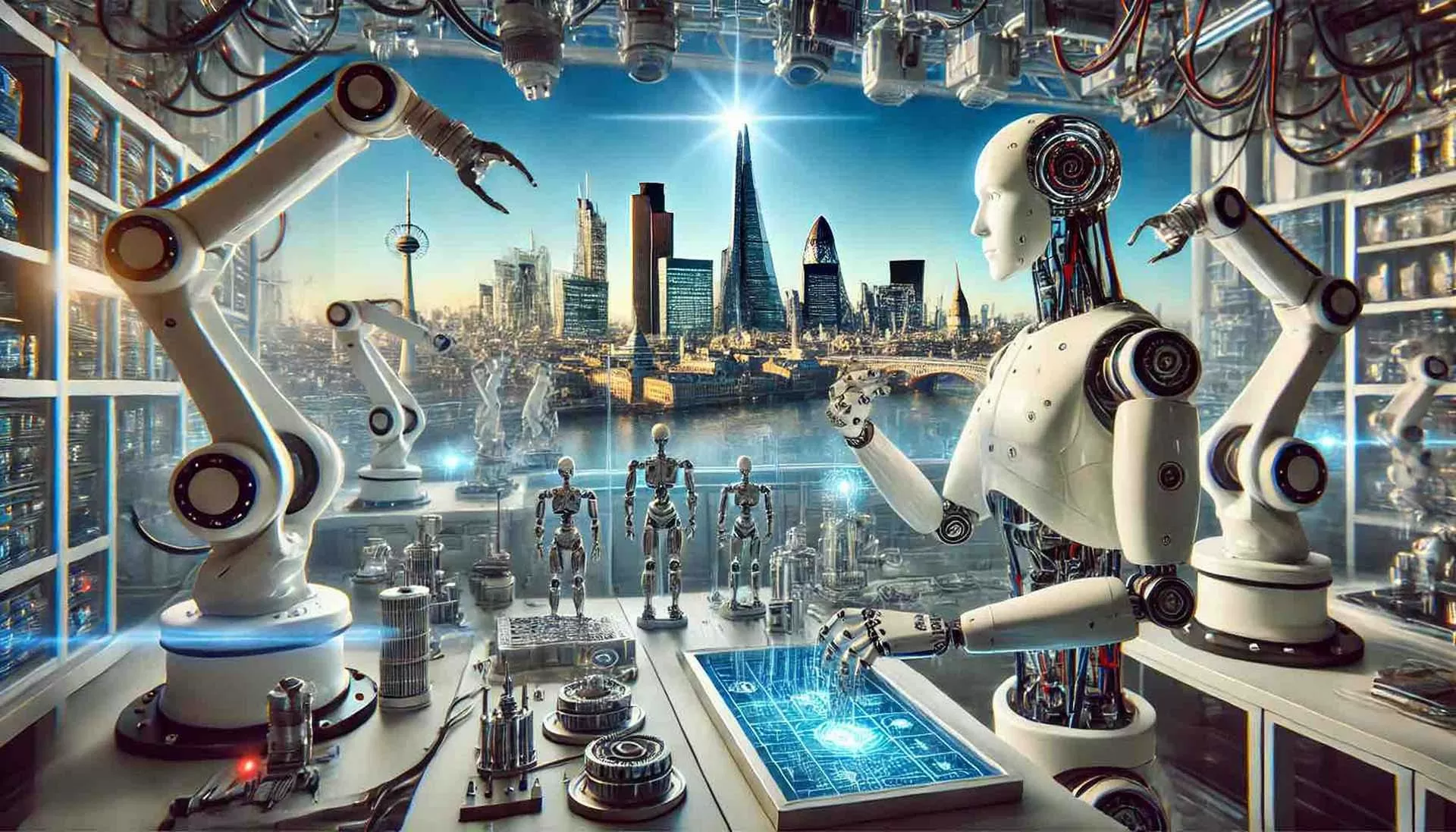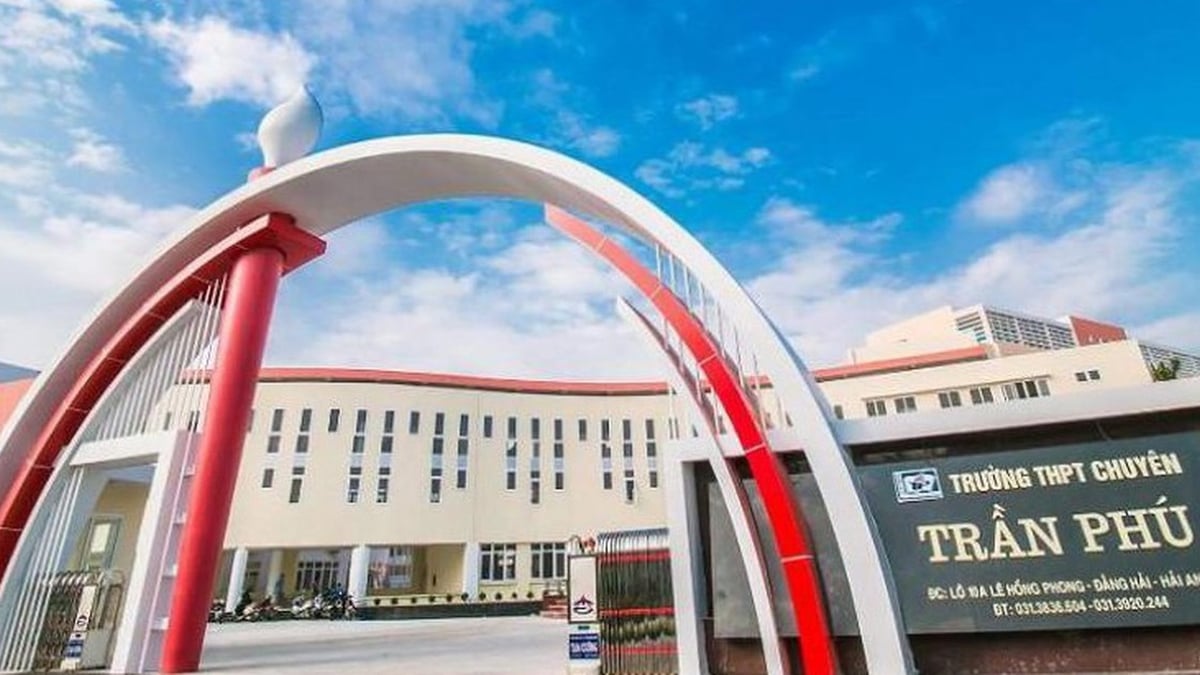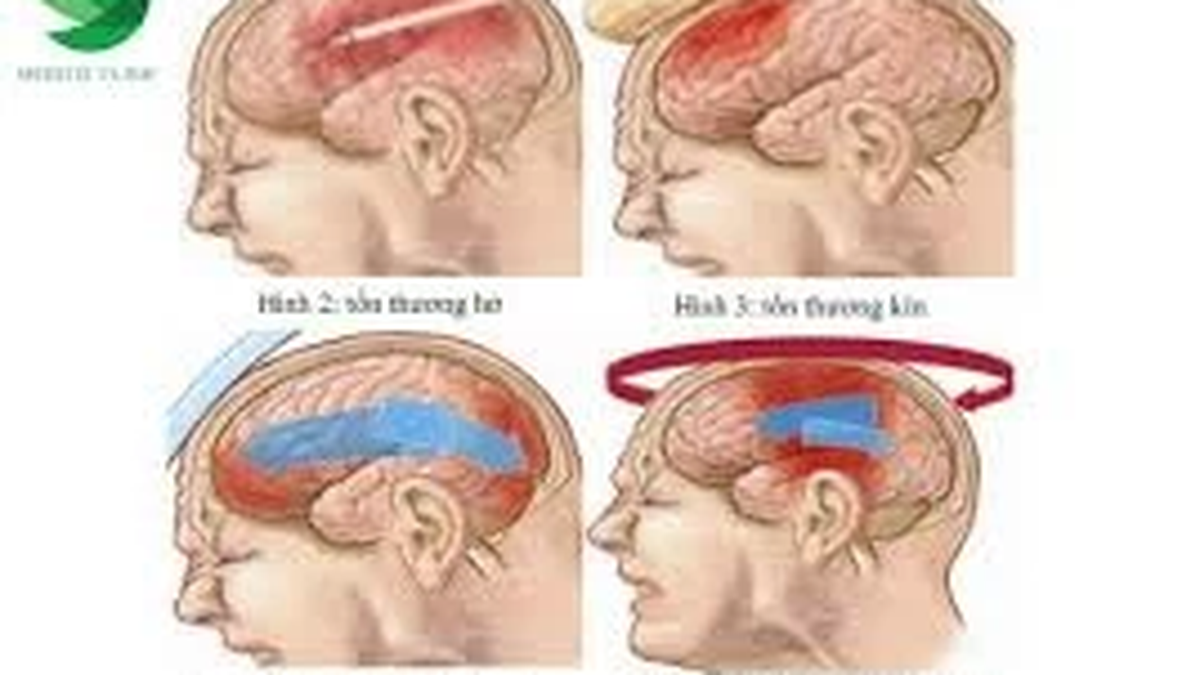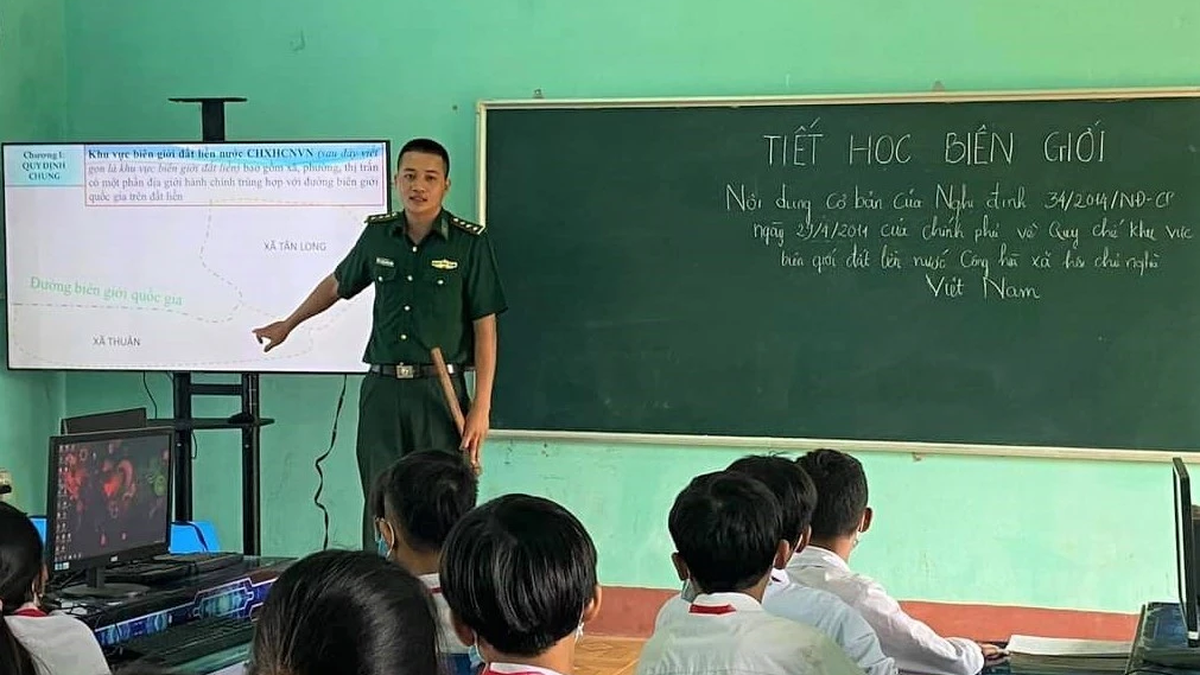The year 2025 is predicted to be a time of explosion of many breakthrough technology trends, bringing significant changes in economic and social life. Businesses will be given many opportunities to invest, innovate and develop.
 |
| Multi-functional robots are designed to work alongside and assist humans, opening up new opportunities in manufacturing. Illustration photo. (Source: iotworldmagazine.com) |
According to Gene Alvarez, Vice President of Gartner (USA), three main areas will dominate technology trends in 2025: The increase in requirements and risks related to artificial intelligence (AI); the development of new boundaries in the field of computing; increasingly close cooperation between humans and machines.
He believes that technologies such as the Internet of Things (IoT) and AI not only open up new directions for businesses but also have a profound impact on social life and the global economy.
Internet of Things
IoT, also known as the Open Smart Network, will continue to grow strongly in 2025. IoT helps connect billions of smart devices, from cars, machines, home appliances to industrial tools, providing the ability to collect, analyze and share data in real time.
In 2025, IoT will be widely present in areas such as: Smart transportation (traffic management, congestion reduction and improved transport efficiency); smart home (energy optimization and improved user comfort); renewable energy and energy efficiency (management and optimization of energy use in manufacturing facilities, power plants and grid systems).
IoT will help businesses reduce costs, optimize operating processes and increase efficiency in daily operations.
Artificial Intelligence
AI has become an indispensable element in many industries. By 2025, AI will play a key role in optimizing automated processes, helping businesses reduce costs, increase productivity, and improve customer experience.
AI will be strongly applied in: Big Data analysis (AI will analyze and process huge amounts of data to make accurate predictions about consumer behavior, markets and new trends); automate repetitive tasks (Companies will use AI to replace manual tasks and automate processes, from customer care to warehouse management and production); improve customer experience (AI will help businesses better understand customer needs and preferences, thereby offering more personalized products and services).
AI not only supports optimizing internal processes but also helps businesses create new and more innovative products and services.
Biotechnology
In 2025, biotechnology (the harnessing of biological sciences for healthcare, agriculture , and environmental sustainability) will continue to reshape the world. Biotechnology will be one of the most important technologies in healthcare by 2025. With the application of genomics and personalized medicine, new treatments will be developed based on each individual’s genetics, helping to optimize the treatment of diseases and improve public health. Biological advances will not only help extend life but also improve the quality of life.
Biotechnological breakthroughs continue to drive new advances in agriculture, allowing the development of disease-resistant and climate-adapted crops, reducing the use of harmful pesticides.
Innovations like lab-grown meat will provide sustainable alternatives to traditional meat production and help solve global food challenges.
Multifunctional Robot
With the ability to perform multiple tasks simultaneously, multi-purpose robots will replace traditional robots designed only to perform repetitive tasks.
Multi-functional robots open up new opportunities in the manufacturing sector. Not only are they highly efficient, they are designed to work alongside and assist humans, opening up new opportunities in manufacturing and facilitating human-machine interactions.
Gartner predicts that by 2030, 80% of people will interact with intelligent robots on a daily basis, up from just 10% today.
Invisible intelligence
“Ambient invisible intelligence” is the integration of sensor technologies into everyday living environments that operate without user interaction.
This development will be driven by the use of low-cost sensors that enable flexible and cost-effective monitoring. According to Gartner, by 2027, the first applications of this new technology will focus on solving logistics problems, such as real-time retail inventory checks and perishable goods management, providing superior efficiency and flexible scalability.
In 2025, we will witness an explosion of promising technology trends. Technological innovation and adoption will drive significant advances in many different fields, contributing to improving the quality of life for millions of people.
To meet the ever-increasing demands of the market, technology companies must constantly innovate and improve to keep up with the above trends.
Source


































































































Comment (0)